
Get Moving: Easy Exercises to Relieve Lower Back Pain
Introduction
Lower back pain is a common condition that affects many people. It can range from a mild ache to severe, debilitating pain and can be caused by injury, poor posture, age-related changes in the spine or other medical conditions. Lower back pain typically occurs around the lumbar region of your spine and can include sciatica, which is nerve pain radiating down one or both legs. Other types of lower back pain include cervical spondylitis (inflammation of neck joints), degenerative disc disease (wear and tear on spinal discs) and sacroiliac joint dysfunction (pain between your hips).
Exercises for Surgery Recovery
Bridges are an excellent exercise to help with recovery after surgery. This exercise involves lying on your back and then raising your hips off the ground while squeezing the glutes, hamstrings, and core muscles. The bridge can be done for a few seconds at a time or in sets of repetitions. As you become stronger, you may increase the duration and number of repetitions of this exercise.
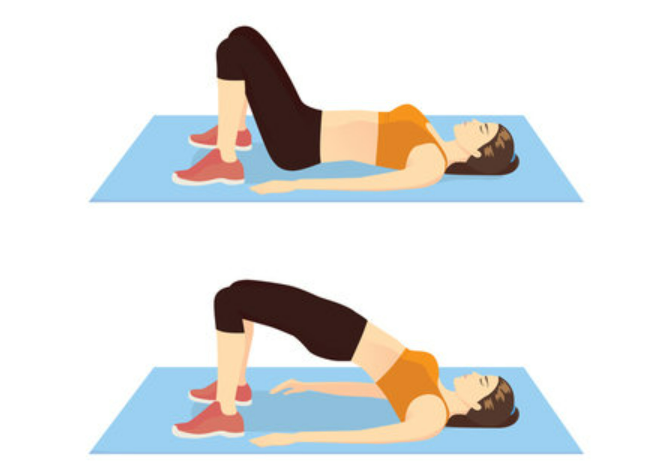
Knee-to-chest exercises involve lying on your back and bringing one knee towards your chest while pushing down against it with both hands in order to stretch out the low back area. This exercise is great for improving flexibility as well as strengthening muscles that support the spine during movement. It also helps to reduce pain caused by tightness in the lower back region.

Gluteal sets are another important part of post-surgery recovery because they target key muscle groups around the hip and pelvis which often get weak following surgery due to lack of use or activity restrictions imposed by doctors’ orders. To perform gluteal sets, start by lying on your side with knees bent slightly forward so that one foot rests flat on top of its opposite knee (think “figure four” position). From here, squeeze together both buttocks muscles before releasing them again slowly – repeat 10 times per side for maximum benefit!

Stability Exercises
Quadruped alternating arm and leg lifts (Bird Dog) are an important stability exercise as they help improve core strength, balance, and coordination. This exercise involves getting into a quadruped position (on all fours) and then slowly raising one arm in front of your body while simultaneously lifting the opposite leg up towards the ceiling. Make sure to maintain good posture throughout this exercise by keeping the neck aligned with the torso and focusing on engaging your abdominal muscles. Hold for a few seconds before switching sides for maximum benefit!

Single leg bridges are another great stability exercise that helps target key muscle groups around both hips. Begin by lying on your back with your knees bent. From here, lift one foot off the floor while maintaining control over it as you press down through both feet onto the ground to lift your hips off of it – hold at the top for a few seconds before releasing and repeating on another side! As you become stronger, challenge yourself further by extending out one or both legs straight during bridge holds.
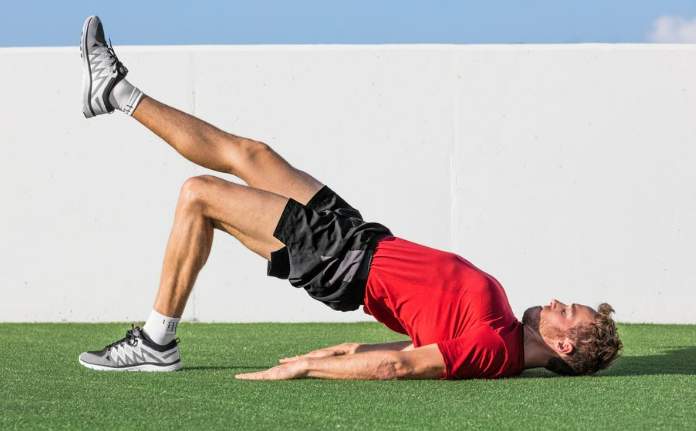
Clamshells are an effective way to enhance hip mobility as well as build stability in order to reduce the risk of injury when performing more complex movements or exercises like squats or lunges. To perform this movement start by lying on the side with knees bent at 90 degrees and feet together – from there open up your upper knee away from the lower while still keeping feet touching each other (like an opening shell). Pause briefly before bringing the upper knee back to starting position – repeat 10 times per side!
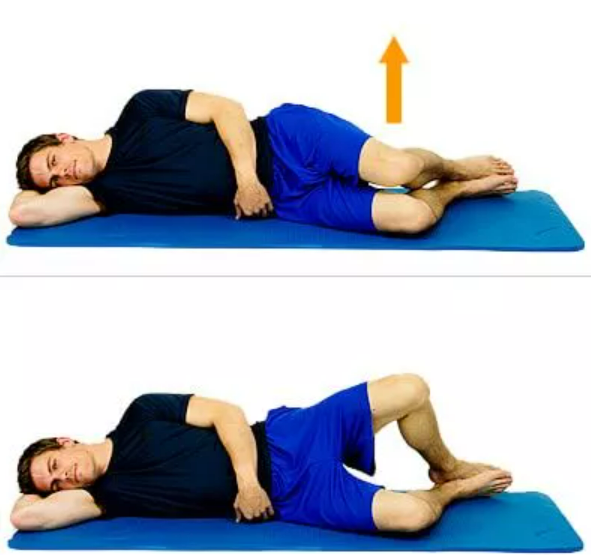
Flexibility Exercises
Forward bends are an excellent way to improve flexibility and reduce tension in the back that can lead to pain. Start by standing with feet hip-width apart and then slowly bend forward from the hips, reaching your hands down towards your toes or shins. Keep your knees slightly bent as you reach forward and try to keep a neutral spine position throughout this exercise. Hold for 10-30 seconds before returning to starting position – repeat 2-3 times!

Spinal twists are another great way to increase mobility in the spine while also improving posture. Begin by lying on the floor or mat with legs extended out straight, arms spread wide and palms facing up. From here, bring both knees into chest before gently rolling them over one side of body – make sure not to twist too quickly or forcefully as this could cause injury! Try holding for 5-10 breaths per side before switching sides if desired – repeat 2-3 times!
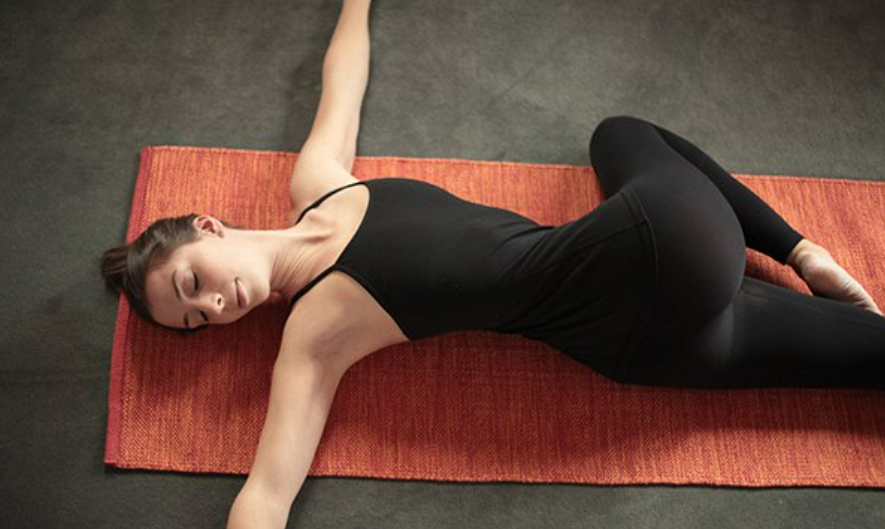
Hip hinge stretch is an important exercise for increasing the range of motion around the hips which can help alleviate lower back pain caused by tightness in the muscles surrounding the area – start by standing with feet shoulder width apart and then hinge at the waist until torso is parallel (or close) to ground – from there extend one leg behind you while keeping other knees lightly bent – hold for 10 seconds before releasing leg, repeating on other side if desired – be sure not to arch through lower back during the stretch as it may cause discomfort!

Strength Building Exercises
Planks are a great exercise to strengthen the core muscles and improve posture, which can help reduce lower back pain. To perform this exercise, start by lying face down on the floor with your forearms and toes on the ground. Keep your body in a straight line from head to toe as you tighten your abs and hold for 10-20 seconds before releasing – repeat 2-3 times! As you become stronger, challenge yourself further by raising one arm or leg off of the floor while keeping everything else in a straight line.
Seated pelvic tilts are another effective way to alleviate low back pain symptoms caused by tightness or instability around hips. To do this exercise, sit up tall with feet flat on the ground about hip-width apart (or wider if needed). From here contract abdominals while pushing tailbone towards spine – make sure not to arch through the lower back – then release position slightly before repeating 8-10 times per session!

Supermans are an excellent exercise to help strengthen muscles that support the spine during movements like lifting or bending over. Start by lying face down on the floor with arms extended above your head and legs together – then slowly lift both arms and legs off of the ground simultaneously while maintaining control over movement throughout the entire set – be sure not to strain your neck when lifting your head as it should remain neutral throughout entire motion – when finished lowering limbs at same controlled pace used during lift phase for maximum benefit! Repeat 8-10 times per side for best results
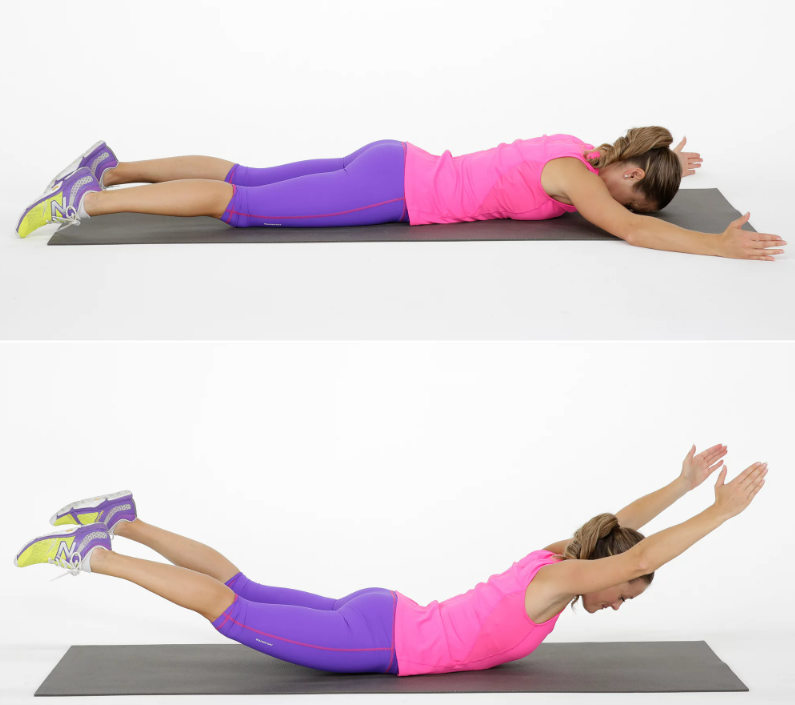
Conclusion
In conclusion, lower back pain can be a debilitating condition that affects many people. Fortunately, there are several exercises that can help improve flexibility, strength and stability of the low back region while reducing pain symptoms. These include gluteal sets, quadruped alternating arm and leg lifts, single leg bridges, clamshells and forward bends. Spinal twists and hip hinge stretches are also beneficial for increasing mobility around the hips as well as alleviating tightness in muscles associated with the lower back area. Finally, planks and seated pelvic tilts are excellent for strengthening the core muscles which helps support the spine during movement activities or bending over tasks. Practising these exercises regularly will go a long way in helping to reduce pain caused by lower back problems!
Contact us at hello@neuro.org.in for a free ebook

